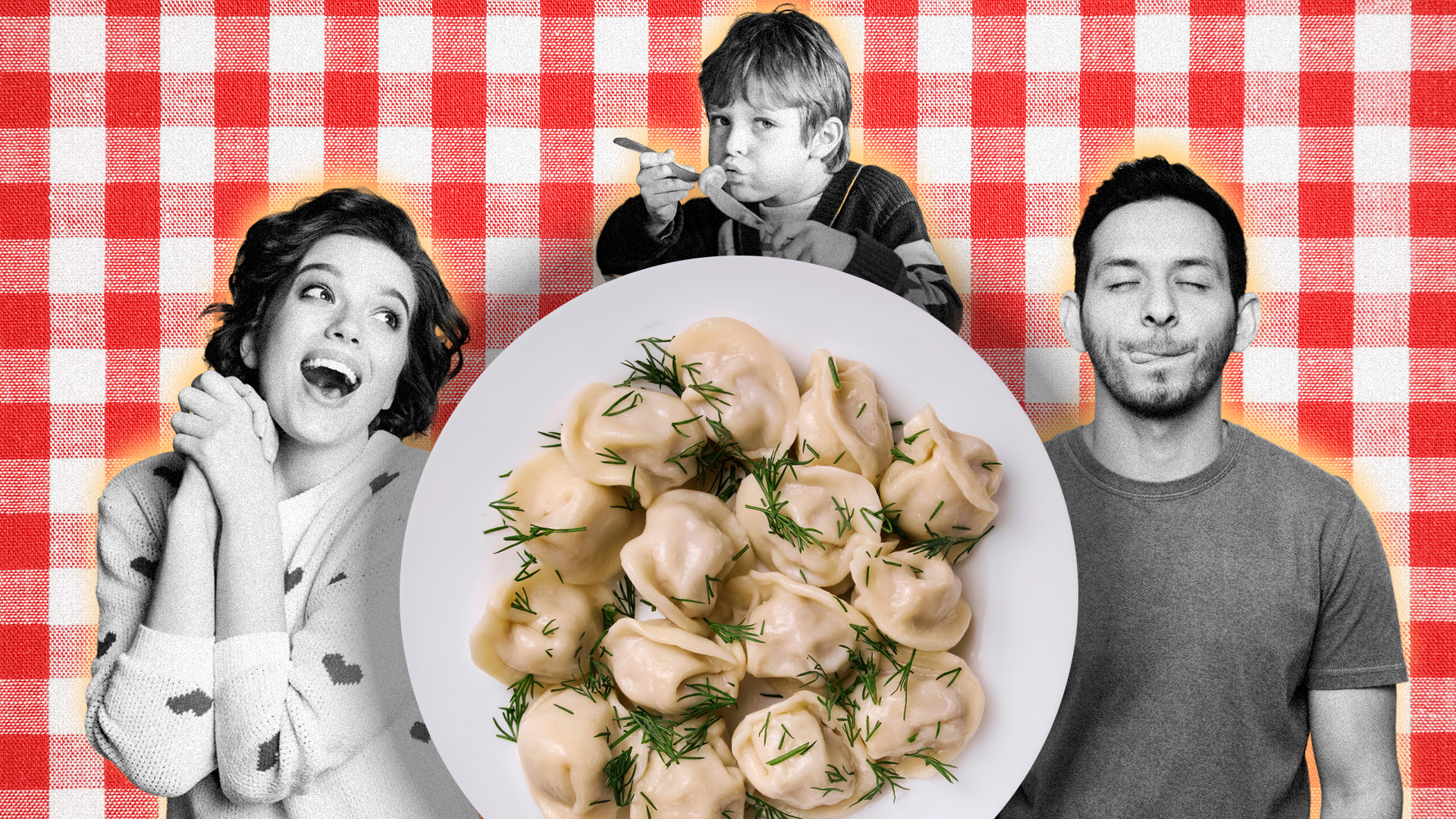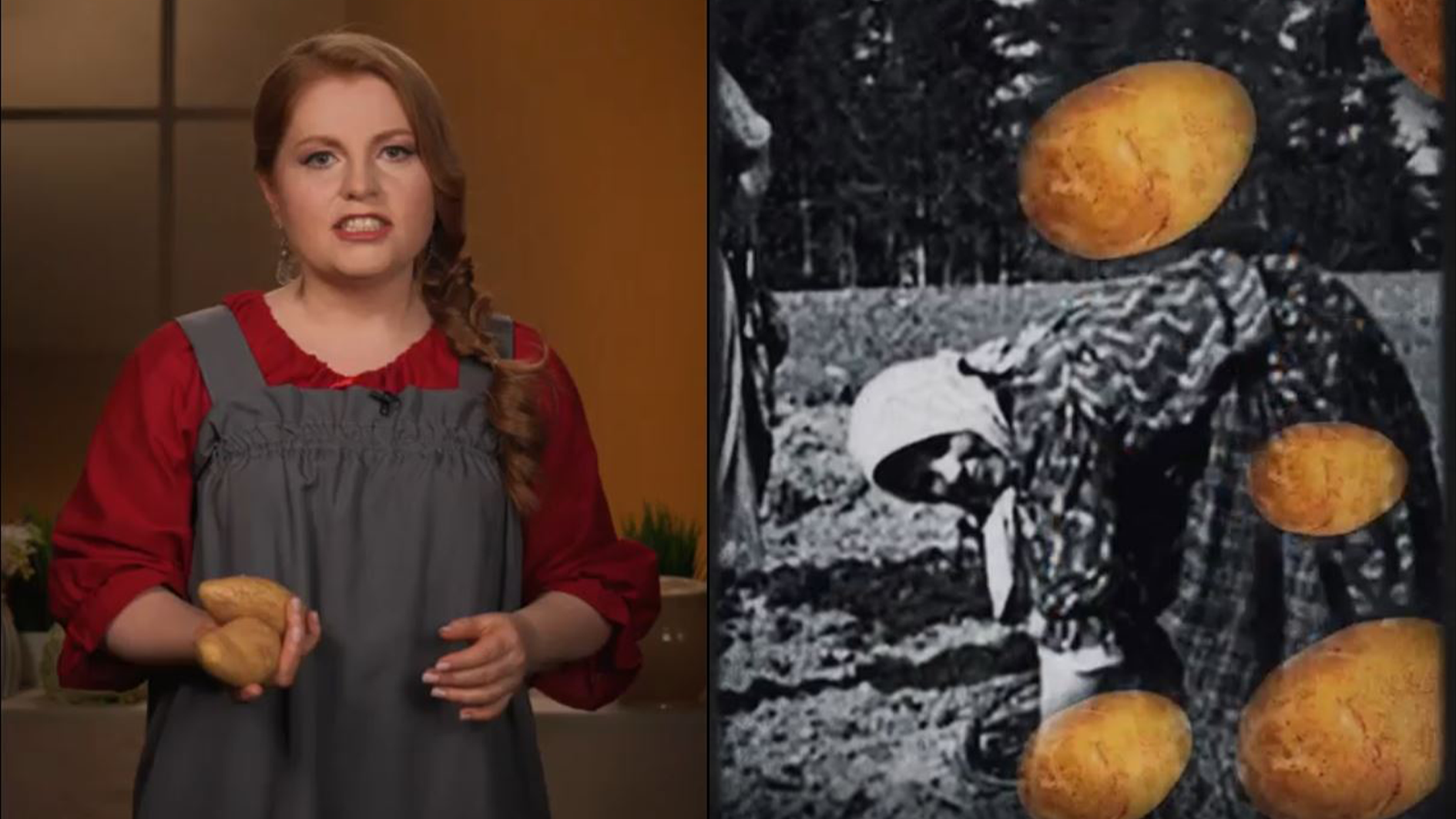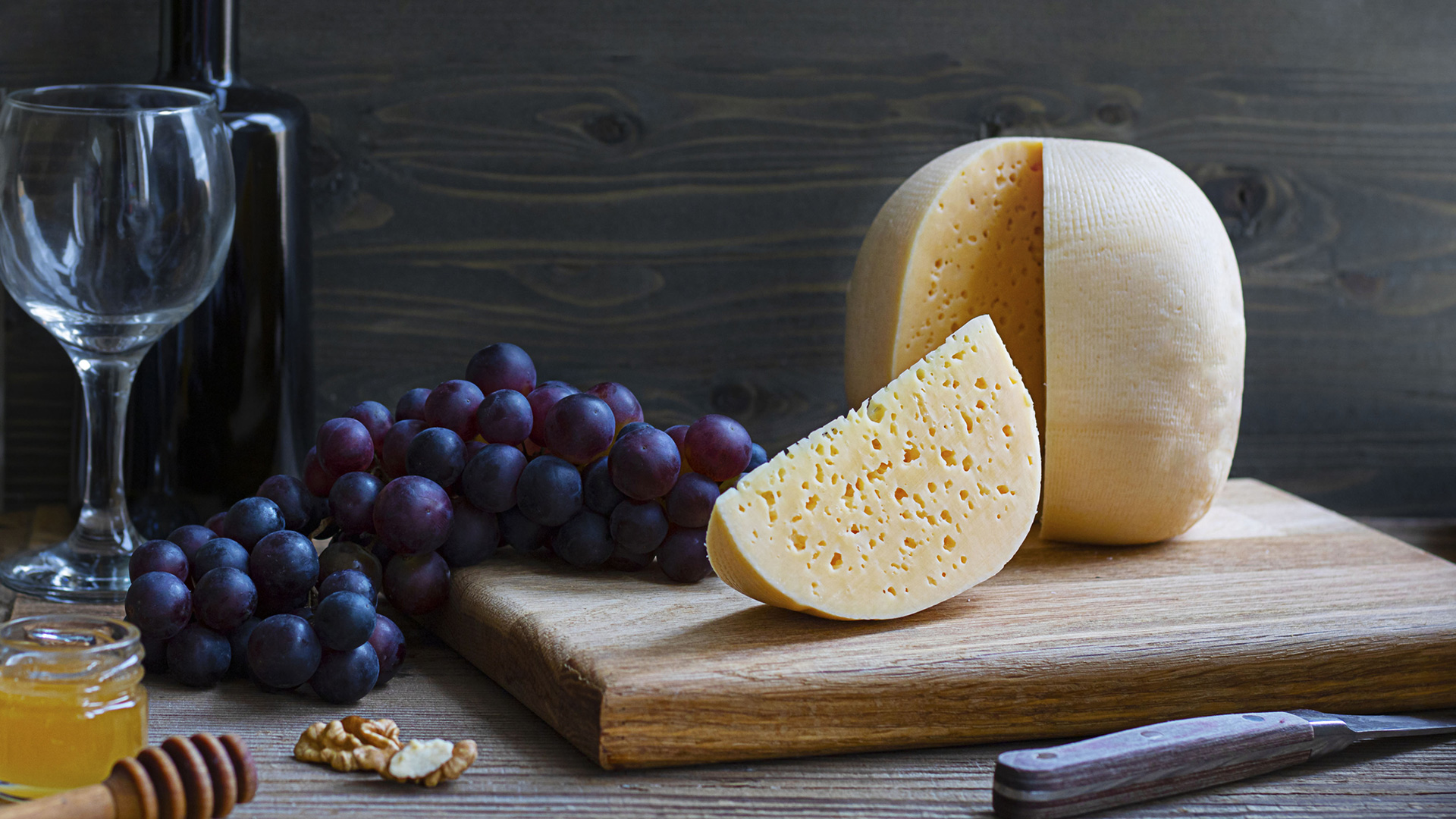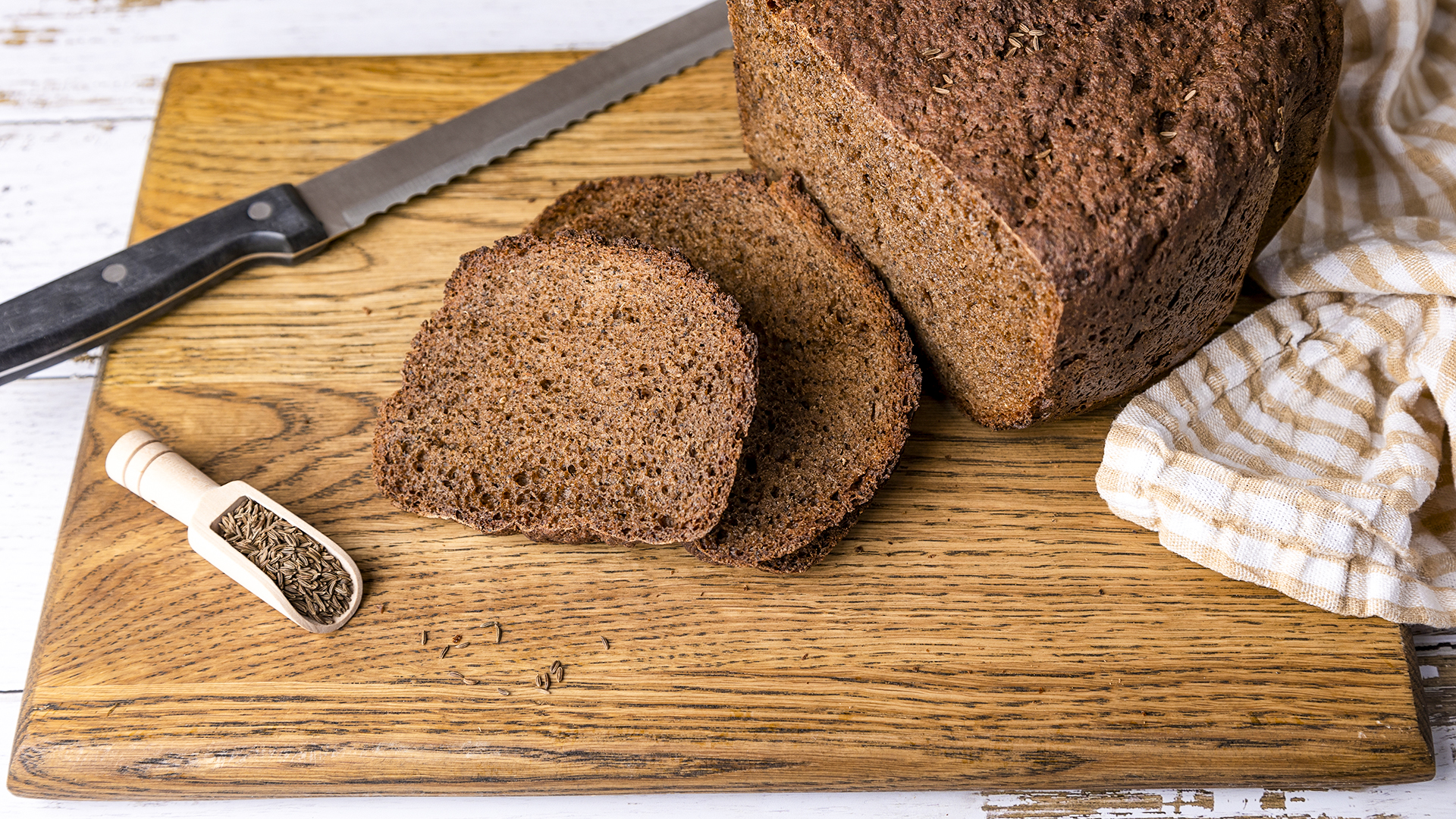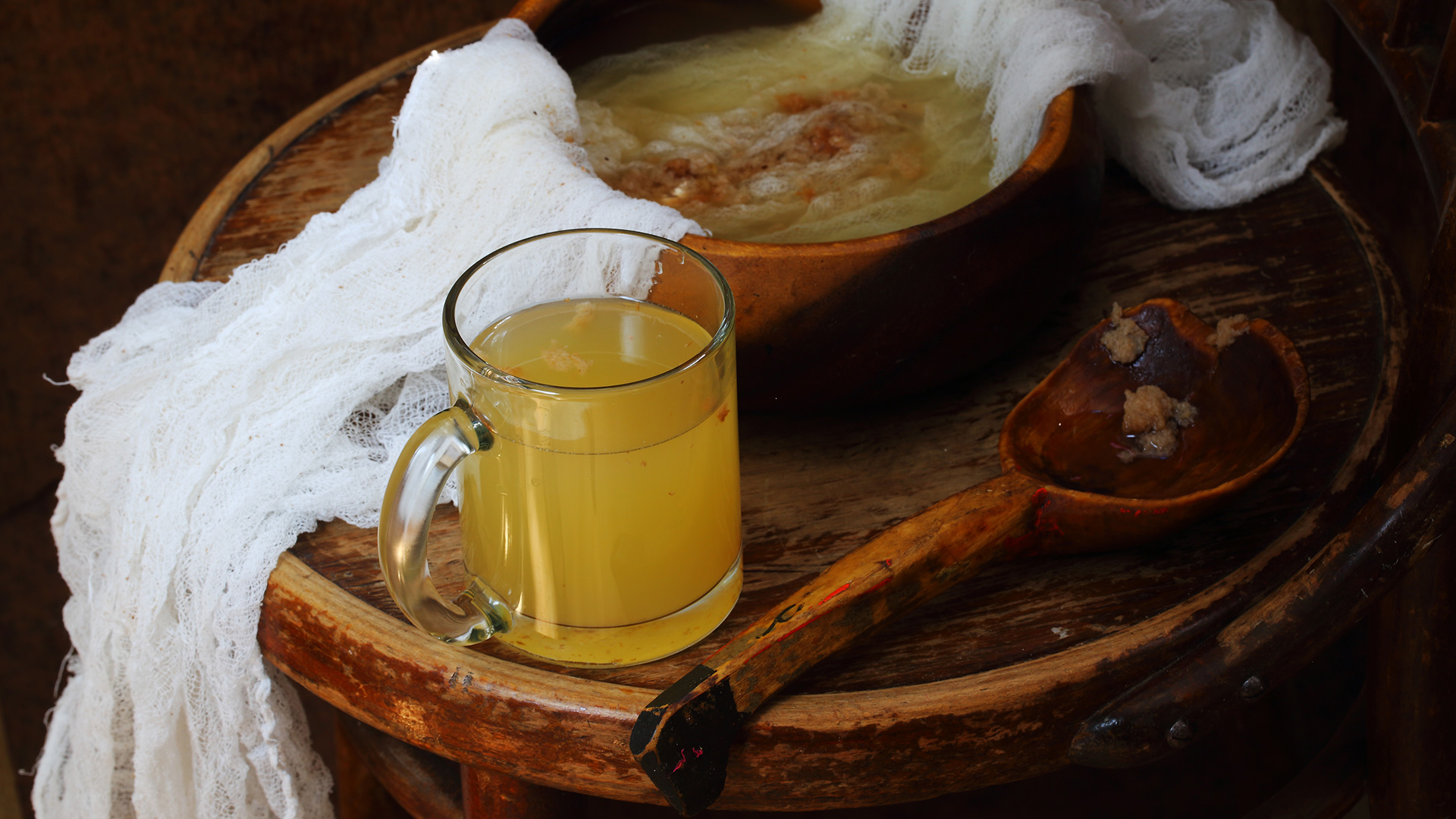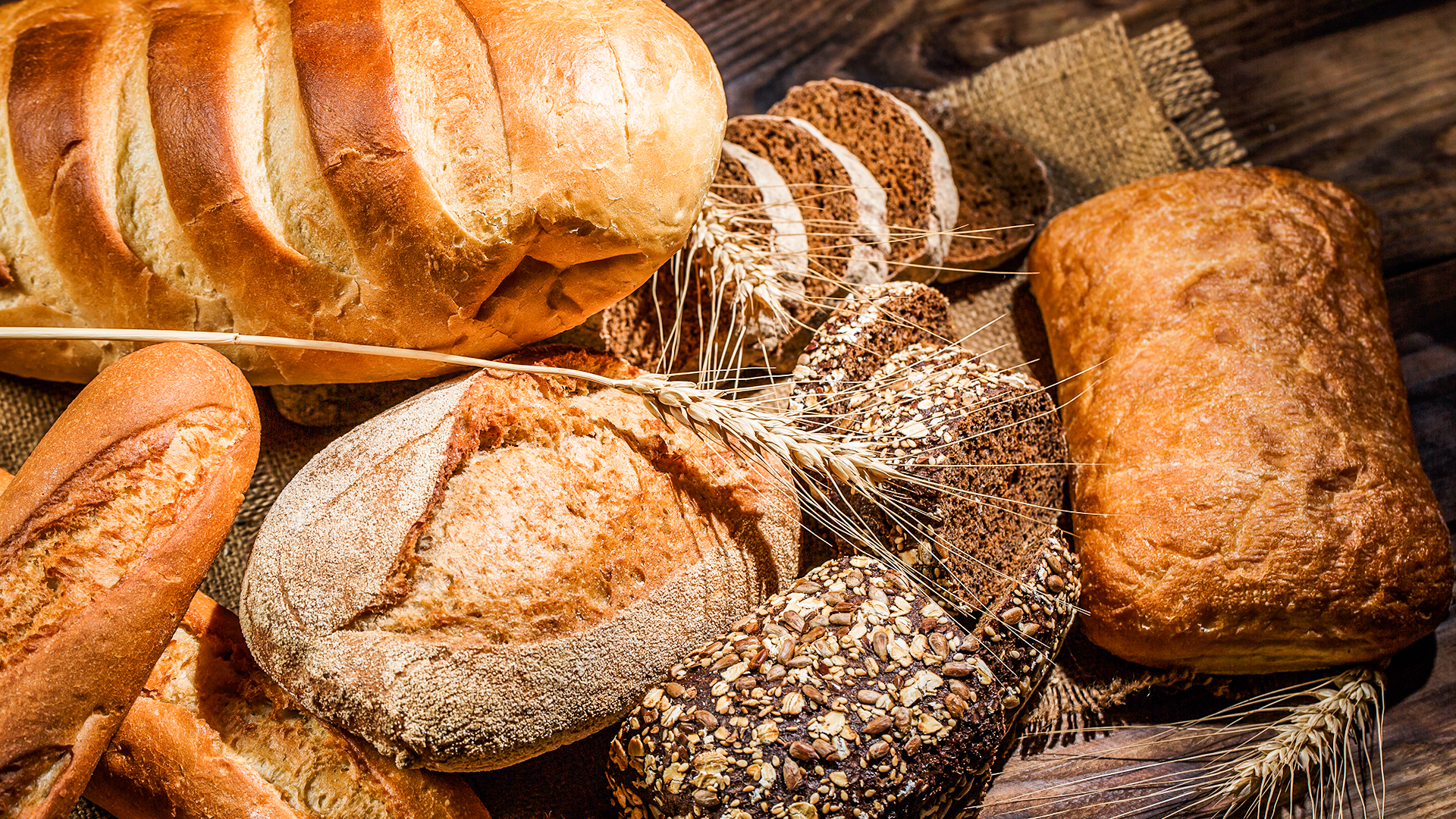
8 facts about the popular Russian ‘Karavai’ bread (PHOTOS)
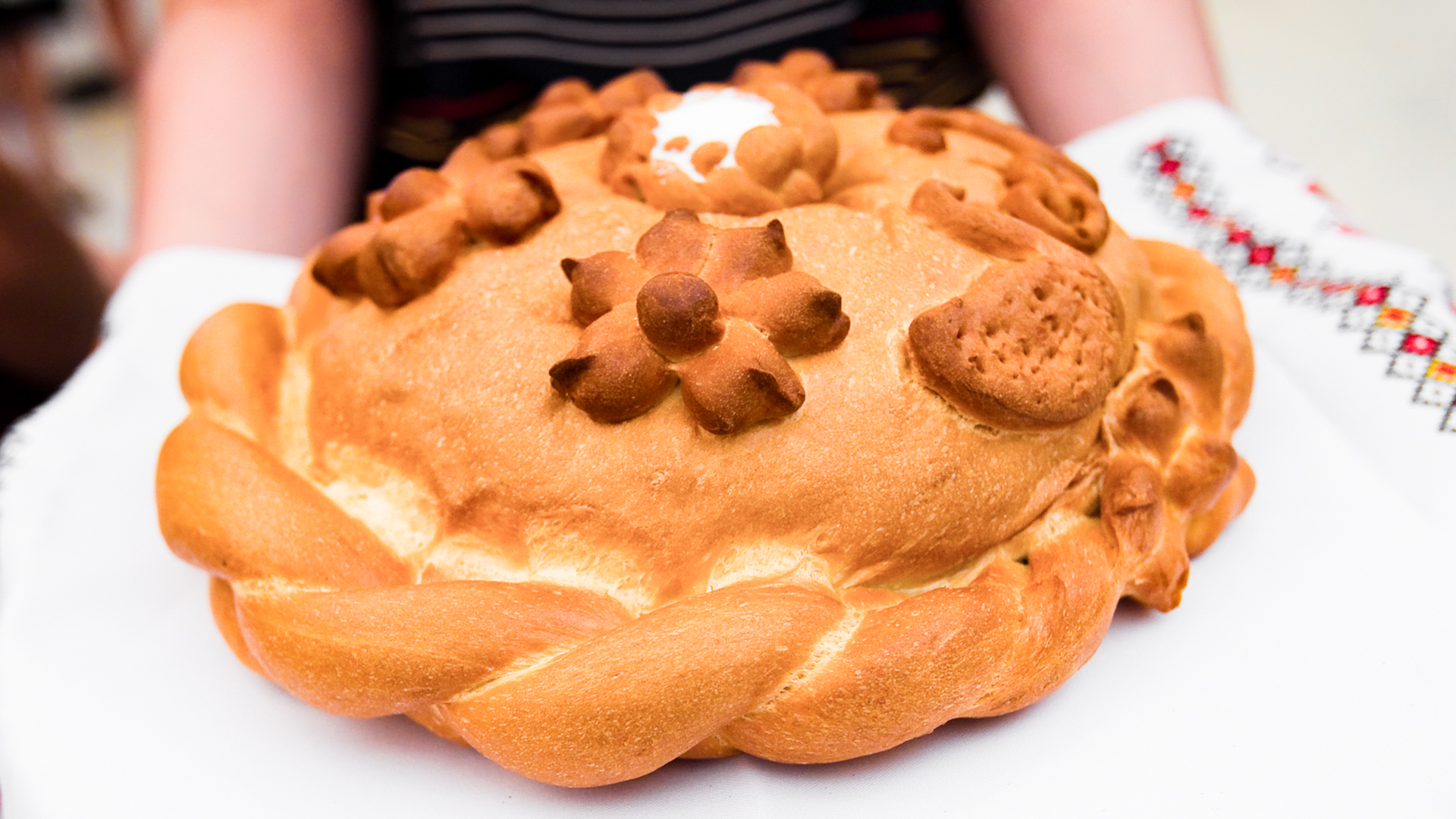
1. A symbol of hospitality
 Soviet leader Nikita Khrushchev visits Czechoslovakia, 1964.
Soviet leader Nikita Khrushchev visits Czechoslovakia, 1964.
Since ancient times, guests in Russia have been welcomed with ‘khleb-sol’ (‘bread and salt’); there's even a concept known as ‘khlebosol'nost’ (‘hospitality’). The ‘bread’ in this case is specifically the ‘karavai’, the pinnacle of baking artistry. The inclusion of salt is also not accidental: it used to be very expensive. This means, guests were only offered the very best.

This tradition developed historically: in the old days, travel was difficult and distances were vast, so a person who managed to overcome a long journey was considered to be very brave. Even the very word ‘guest’ in Slavic languages signified belonging to the merchant class and carried a positive meaning.
 The last Russian tsar Nicholas II.
The last Russian tsar Nicholas II.
2. A wedding gift for newlyweds
 The groom's parents welcome daughter-in-law with bread and salt, Chelyabinsk, 2006.
The groom's parents welcome daughter-in-law with bread and salt, Chelyabinsk, 2006.
In Old Russia, the ‘karavai’ was not only a symbol of hospitality, but also of family values. It was given to the newlyweds at their wedding by their parents, blessing their union. It was believed that a happily married woman should bake it, as this would ensure a strong, new union.
3. Determines the leader of the couple
 Newlyweds Irina and Pyotr Ivanov are seen after their wedding ceremony in Moscow, 2025.
Newlyweds Irina and Pyotr Ivanov are seen after their wedding ceremony in Moscow, 2025.
They say that to understand a person's character, you need to watch how they eat. Similarly, at a Russian wedding, there is a tradition to determine who will be the head of the household. The newlyweds must break off a piece of the ‘karavai’ and eat it (or, in another interpretation, feed each other). Whoever breaks off the larger piece becomes the leader.
4. Decorations have meanings

The ‘karavai’ loaf is typically baked for special occasions and, in the old days, every detail of its decoration had a meaning. For example, the ears of corn symbolized prosperity, pine cones symbolized fertility, doves and swans symbolized fidelity and flowers symbolized femininity. Today, this "tsar-bread" is typically decorated simply for beauty.
5. The ‘karavai’ has Its own “special attire”

A finished ‘karavai’ was never placed directly on a bare table, but only on a special ‘rushnik’ (‘towel’). In Old Russia, it was believed that the ceremonial towel should be embroidered with protective symbols to ward off the evil eye. In the past, the bride would embroider all the towels herself (including as gifts for guests). Nowadays, they are usually just bought in stores.
6. It should never be cut with a knife
 The Berendeyevka Festival in Kostroma 1975.
The Berendeyevka Festival in Kostroma 1975.
A ‘karavai’ taken freshly from the oven is supposed to be broken by hand. It was believed that the person who baked the bread had given it a part of their life force and a knife could harm them personally or negatively affect their offspring.
7. A dropped ‘karavai’ is a bad omen

Russians have always treated bread with great respect, as peasants' lives literally depended on the grain harvest. Therefore, bread was highly valued and never thrown away.
Dropping a ‘karavai’ on the floor was considered a harbinger of a big quarrel. But, our ancestors never gave up: the dropped ‘karavai’ had to be immediately picked up and apologized to.
8. Showed the owner’s status

Among all types of bread, the ‘karavai’ can rightly be considered the ‘tsar’. It's not just a ritual bread, but also an indicator of social status. Luxurious, tall and richly decorated, the ‘karavai’ demonstrated the wealth of the household and the hostess' skill. A simple, poorly risen bread, on the other hand, could become a subject of gossip. The kneading of the dough itself was accompanied by special songs and incantations intended to ensure good luck.



